Penguin Revives Decades-Old Software for 30th Anniversary Edition of "The Blind Watchmaker"

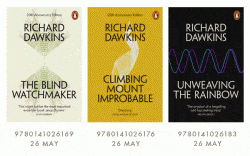
The Bookseller reports that Penguin decided to revive four programs Dawkins wrote in 1986. Written in Pascal for the Mac, The Watchmaker Suite was an experiment in algorithmic evolution. Users could run the programs and create a biomorph, and then watch it evolve across the generations.
And now you can do the same in your web browser.
A website, MountImprobable.com, was built by the publisher’s in-house Creative Technology team—comprising community manager Claudia Toia, creative developer Mathieu Triay and cover designer Matthew Young—who resuscitated and redeployed code Dawkins wrote in the 1980s and ’90s to enable users to create unique, “evolutionary” imprints. The images will be used as cover imagery on Dawkins’ trio to grant users an entirely individual, personalised print copy.
The project came about, Toia says, through Dawkins: “In The Blind Watchmaker and Climbing Mount Improbable, he references a suite of computer programs that he wrote that simulate the process of evolution, creating a ‘biomorph’, as he termed it. Unfortunately these programs were obsolete—they were written in an old programming language called Pascal, which doesn’t run on modern computers—so we wondered if we could bring them back to life again, with the ultimate aim being to make them available and accessible to all.” The new code has since been made open source, for users to utilise or adapt further.
Triay explains the new iteration: “We got hold of a copy of Dawkins’ code and spent a while figuring out how his algorithms work— there is very little documentation available for the Pascal programming language, so it took a lot of trial and error—and once we did, we were able to start rewriting them in a modern programming language, Javascript.
The Bookseller is mostly wrong when it claims that Pascal won’t run on modern PCs; you can compile that old Pascal program and run it, and you can even find online emulators and compilers, but there’s no guarantee that it will run correctly.
Those old Pascal programs are in basically the same situation as a 30-year-old Wordstar document; you might still have the file, but it’s a crap shoot whether you’re going to recover all of the data.
And even if Penguin had been able to run the program, it wouldn’t be very useful by today’s standards. – not compared to what they built after rewriting the programs in Javascript. (Or so The Bookseller implies; the website says that Alan Canon rescued the Pascal programs, rewrote them in Java – a completely different language – and posted the code on SourceForge.)
The original Pascal program would be useful for generating a single book cover, but the new program runs on a website and enables everyone to learn more about algorithmic evolution.
Today Penguin launched MountImprobable.com, a website where users can generate a unique biomorph which can be used on a book cover. They can also buy a copy of Dawkin’s books although not one with a cover they created.
They can also take the biomorph they generated and use Dawkin’s program to watch how it evolves across the generations.
Details of the biomorphs, such as how many branches there are, and the lengths and angles of the various branches, are controlled by ‘genes’ which are just numbers in the computer. Genes in real trees, like genes in us and genes in bacteria, are coded messages written in the language of DNA. The DNA is copied from generation to generation with great, though not perfect, fidelity.
When a biomorph has a child, the child inherits all the genes of its parent (it only has the one parent, for there is no sex), but with some possibility of random mutation. A mutation is a slight random increase or decrease in the numerical value of a gene.
Have you tried it?
I did, although I’m not sure I was watching evolution.
The site lets you choose a biomorph and how many children it has. You can then pick one of the kids, and spawn a second generation, and then a third, fourth, etc.
In as few as five generations, you can end up with a biomorph which looks nothing like the original. But as anyone who has raised livestock can tell you, that’s not evolution; it’s merely selective breeding.
But even with that caveat, it’s still an interesting experiment.
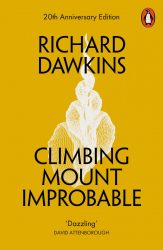
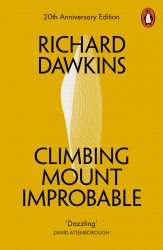
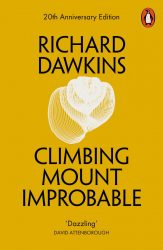
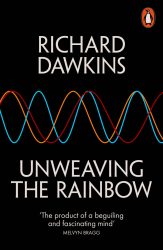
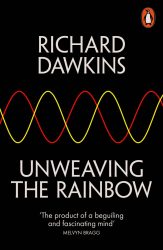
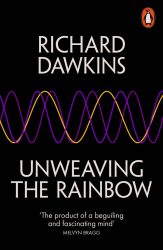

Comments
Weekly News Roundup, June 17, 2016 [and a special note from the editor on what inspires us] | No Shelf Required June 17, 2016 um 10:22 am
[…] Penguin Revives Decades-Old Software for 30th Anniversary Edition of “The Blind Watchmaker” [The Digital Reader] […]
Old tech revived | Making Book August 3, 2016 um 10:04 am
[…] some other ancient technology, but no. This revival is of a technology merely 30 or so years old. The Digital Reader, who does quietly point out that Penguin’s claims may be a trifle overstated, tells us that […]